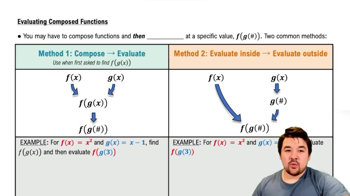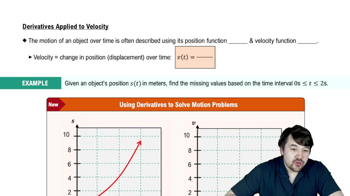b. Estimate a solution to the equation in the given interval using a root finder.
x^5+7x+5=0; (−1,0)
 Verified step by step guidance
Verified step by step guidance Verified video answer for a similar problem:
Verified video answer for a similar problem:



 5:53m
5:53mMaster Finding Differentials with a bite sized video explanation from Patrick
Start learning